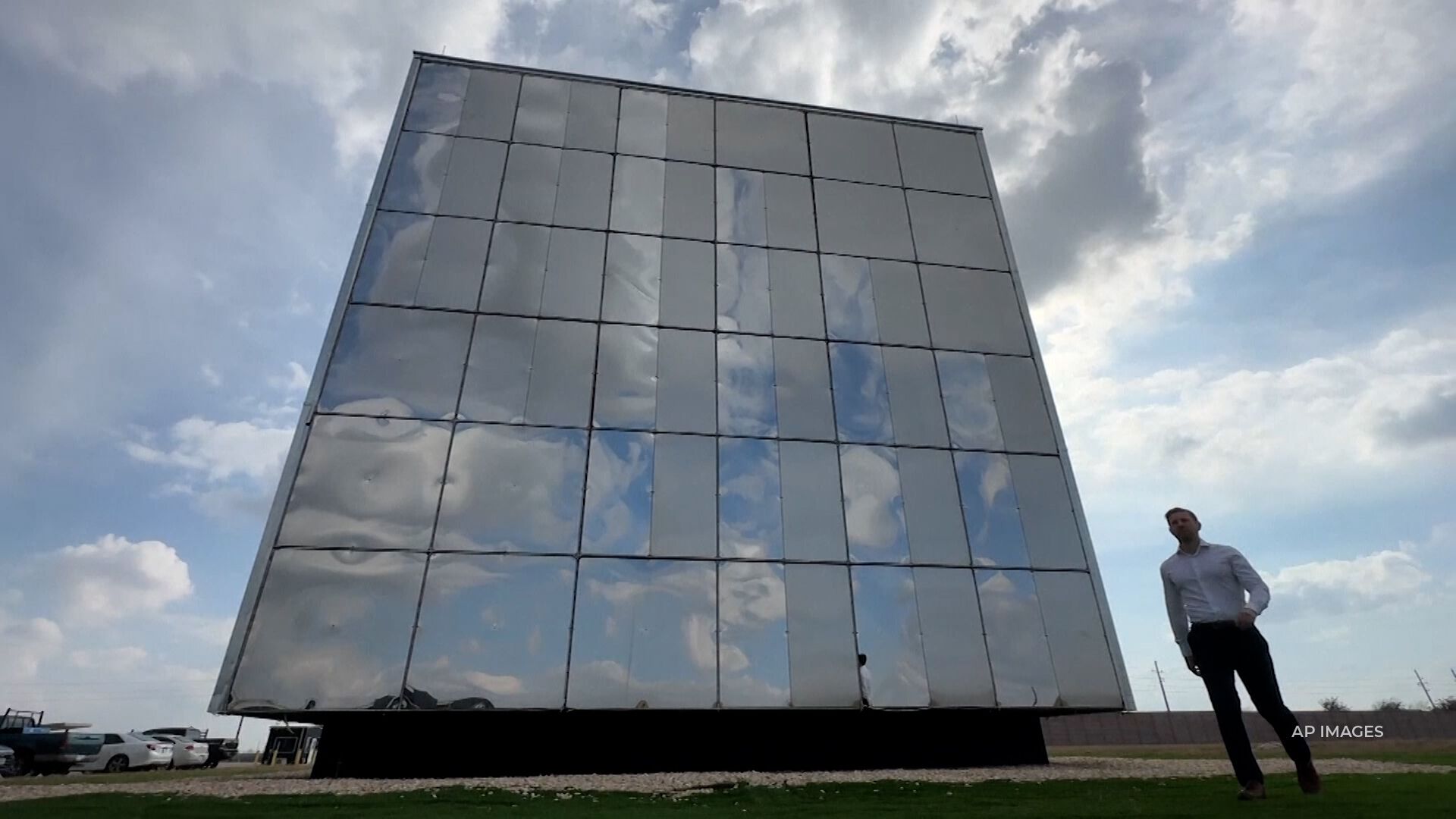
NUCLEAR POWER IS GOING MICRO. THIS TINY REACTOR FROM LAST ENERGY SITS ON ABOUT AN ACRE OF LAND, PRODUCES ENOUGH ENERGY TO POWER A SMALL CAMPUS, HOSPITAL OR MILITARY COMPLEX, AND IT CAN BE DELIVERED ON THE BACK OF A SEMI-TRUCK.
EXPERTS IN THE FIELD CALL MICRO NUCLEAR REACTORS TRANSFORMATIVE, BECAUSE THEY CAN BE BUILT IN FACTORIES AND HOOKED UP ON SITE IN A PLUG AND PLAY FASHION.
MICRO NUCLEAR REACTORS DO CARRY SOME OF THE SAME CHALLENGES AS THEIR LARGE-SCALE COUNTERPARTS, LIKE HOW TO DISPOSE OF THE NUCLEAR WASTE CREATED. MICRO NUCLEAR REACTORS WILL, BY THEIR NATURE, REQUIRE MORE URANIUM TO BE MINED AND ENRICHED AS WELL.
BUT SUPPORTERS OF THE NEW TECHNOLOGY SAY THOSE ISSUES ARE MANAGEABLE, AND THE BENEFITS OF CLEAN BURNING NUCLEAR ENERGY VIRTUALLY ON-DEMAND FAR OUTWEIGH THE RISKS.
MICRO REACTORS ARE ALSO A FRACTION OF THE PRICE. A TRADITIONAL REACTOR COSTS BILLIONS. LAST ENERGY’S MICROREACTOR COSTS UNDER $100 MILLION, AND THAT INCLUDES DELIVERY AND SET-UP.
SEVERAL AMERICAN UNIVERSITIES ARE WORKING TO DEVELOP MICRO REACTORS. PENN STATE WANTS TO PROVE THE TECHNOLOGY SO INDUSTRIES LIKE STEEL AND CEMENT MANUFACTURERS CAN USE IT. THE U.S. MILITARY ALSO HAS A PLAN IN THE WORKS CALLED PROJECT PELE TO DEVELOP MICRO NUCLEAR REACTORS.
NUCLEAR ENERGY WILL NO DOUBT BE A MAJOR COMPONENT AS THE WORLD’S MORE ADVANCED COUNTRIES LOOK TO GO CARBON NEUTRAL. IF YOU WANT TO KNOW MORE ABOUT THAT EFFORT, BE SURE TO CHECK OUT OUR REPORTING ON STRAIGHT ARROW NEWS DOT COM FOR THE UNBIASED, STRAIGHT FACTS.






